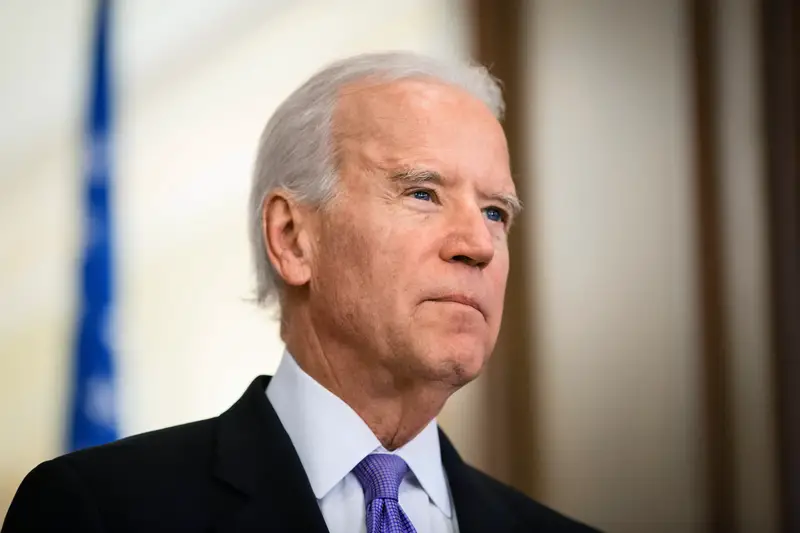In a landmark regulatory change, the Biden administration’s Food and Drug Administration (FDA) unveiled a proposed rule on Wednesday, January 15, that would significantly lower nicotine levels in cigarettes and certain combustible tobacco products to minimal or non-addictive levels. This could make the United States the first country worldwide to implement such a measure.
The proposal comes in response to the fact that cigarette smoking continues to be the primary cause of preventable death and illness in the United States, leading to nearly half a million deaths each year and resulting in over $600 billion in annual healthcare costs, productivity losses, and other societal costs, as per FDA data.
The proposal stipulates a maximum nicotine content of 0.7 milligrams per gram of tobacco, a 95% reduction from the current average of 13 milligrams per cigarette on the market. This rule would apply to cigarettes, cigarette tobacco, roll-your-own tobacco, most cigars, and pipe tobacco. However, it would not impact e-cigarettes, nicotine pouches, or other non-combusted products.
FDA Commissioner Robert M. Califf, M.D. underscored that the proposal aims to decrease youth cigarette use and provide more opportunities for current smokers to quit or switch to less harmful alternatives. He asserted that this measure, once finalized, could save lives and substantially reduce severe illness and disability, while also yielding considerable cost savings.
Based on FDA projections, this regulation could encourage over 12.9 million smokers to quit within the first year of its implementation. This number could potentially increase to 19.5 million within five years. The agency estimates the benefits could exceed $1.1 trillion annually over the first four decades and prevent about 48 million young people from starting to smoke.
However, law enforcement experts have voiced concerns about potential black market implications. Rich Marianos, former assistant director of the U.S. Bureau of Alcohol, Tobacco, Firearms and Explosives and current chair of the Tobacco Law Enforcement Network, cautioned that criminal organizations might expand their tobacco operations, providing an economic opportunity for cartels, Chinese organized crime, and Russian mafia groups. He noted that Americans looking for higher-nicotine cigarettes would need to turn to illegal channels, akin to buying loose cigarettes on New York City streets.
This proposal follows the administration’s earlier attempt to ban menthol cigarettes, which was delayed due to public opposition. Health and Human Services Secretary Xavier Becerra admitted that the menthol rule prompted significant feedback from civil rights and criminal justice movements, necessitating further discussions.
Experiences in Massachusetts provide insight into potential challenges. Following the state’s enforcement of a menthol cigarettes and flavored tobacco ban in 2020, numerous instances of illegal sales have been reported. In a recent incident, law enforcement discovered 700 packs of unstamped menthol cigarettes alongside illegal drugs, underscoring concerns about criminal enterprises filling market voids.
The proposed regulation is an extension of the Family Smoking Prevention and Tobacco Control Act, signed by President Barack Obama in 2009, which gave the FDA the power to regulate tobacco products. The Trump administration also attempted to reduce nicotine in 2017 when then-FDA Commissioner Scott Gottlieb announced plans to mandate tobacco companies to decrease nicotine levels in cigarettes to aid adult smokers in quitting.
Under the proposed timeline, companies would have two years to comply with the new standards after the final regulation is published. The tobacco industry is expected to mount legal challenges, which could potentially delay implementation. The FDA insists that the proposed rule is not an outright ban on cigarettes or tobacco products, but rather a new standard for nicotine content.
Public health officials believe that reducing nicotine levels to minimal or non-addictive levels would decrease the chances of future generations becoming addicted to cigarettes and help current smokers stop smoking. The FDA is seeking public input through its Tobacco Products Scientific Advisory Committee, with comments accepted until September 15, 2025.
The regulation lays out specific technical requirements for manufacturers. Tobacco companies would need to prove through lab testing that their products meet the new 0.7 milligrams per gram standard. The FDA estimates this reformulation process could cost the industry between $1.2 billion and $2.3 billion. Furthermore, the agency’s public health impact analysis projects that reducing nicotine content could prevent more than 4.3 million tobacco-related deaths by the end of the century. Research cited by the FDA suggests that smokers consuming low-nicotine cigarettes typically smoke fewer cigarettes per day and show increased attempts to quit, although industry observers continue to express concerns about compensatory smoking behaviors.
The proposed rule was introduced during the final days of Biden’s term, and its future could ultimately be determined by the incoming administration.











